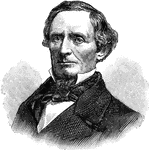
Jefferson Davis
Jefferson Finis Davis (1808 – 1889) served as President of the Confederate States of America for…
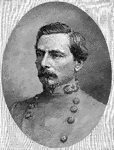
General Pierre Gustave Toutant Beauregard
Pierre Gustave Toutan Beauregard (1818 - 1893) was a Louisiana-born author, civil servant, politician,…
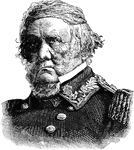
General Winfield Scott
General Winfield Scott (1786 - 1866) was a United States Army general, and unsuccessful presidential…
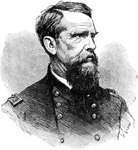
Francis Preston Blair Jr.
Francis Preston Blair Jr. (1821 - 1875) was an American politician and Union Army general during the…
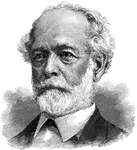
General Joseph Eggleston Johnston
General Joseph Eggleston Johnston, also known as General J. E. Johnston (1807 - 1891) was a U.S. Army…
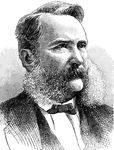
General James Longstreet
General James Longstreet (1821 - 1904) was a famous Confederate general of the American Civil War and…

Robinson's House in Battle of Bull Run
The Robinson House belonged to a free African American during the First Battle of Bull Run. The house…
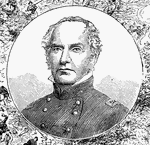
Colonel Edward Dickinson Baker
Colonel Edward Dickinson Baker (1811 - 1861) who served for the state of Illinois in the U.S. House…

Attack of the Gunboats at Fort Donelson
Attack of the gunboats at Fort Donelson, one of the most influential battles in American history. This…
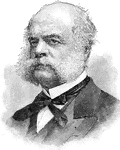
General Ambrose Everett Burnside
Ambrose Everett Burnside (1824 - 1881) was an American soldier, railroad executive, inventor, industrialist,…
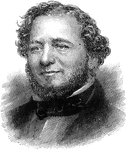
Judah Philip Benjamin
Judah Philip Benjamin (1811 - 1884) was an American politician and lawyer. Benjamin was the first Attorney…
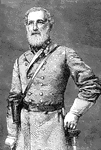
General Robert E. Lee
General Robert E. Lee (1807 - 1870) was a career United States Army officer and one of the most celebrated…
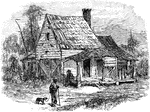
Battle of Cold Harbor
This sketch depicts the famous New Cold Harbor where the Battle of Cold Harbor took place. This was…

Battle of Antietam
Scene by rail-fence, Antietam after the Battle of Antietam, also known as the Battle of Sharpsburg.…

Battle of Antietam
The Battle of Antietam, also known as the Battle of Sharpsburg, was fought on September 17, 1862, near…
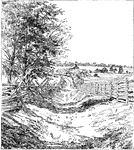
Sunken Road at Battle of Antietam
The Sunken Road at the Battle of Antietam. The Battle of Antietam, also known as the Battle of Sharpsburg,…
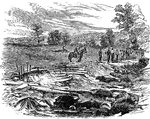
Sunken Road at Battle of Antietam
Scene at the Sunken Road at the Battle of Antietam. The Battle of Antietam, also known as the Battle…
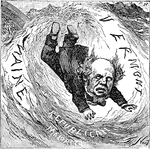
Democratic Nominee Governor Horatio Seymour
A political cartoon of Horatio Seymour, an American politician. Seymour was governor from New York from…

Criticism of Native American's Exclusion from Franchise
Nast depicts the criticism of Native American's exclusion from franchise by the caption "move on!".…

American River Ganges
The American River Ganges - condemnation of the Tammany Ring's Catholic sectarianism.
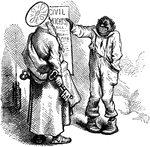
Civil Rights Act of 1875
The Civil Rights Act of 1875 depicted with an African American talking to Saint Peter that he can't…
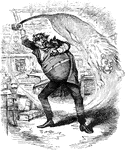
Voorhees Handles British Lion
Senator Voorhees handles the British Lion with his Irish-American speech.

Niagara River and Falls
Niagara, though often popularly translated as "Thundering Waters", this is a folk translation with no…
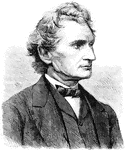
James D. Dana
James Dwight Dana (1813 –1895) was an American geologist, mineralogist and zoologist. He made…

Metamorphosis of a Monarch Butterfly
A butterfly is an insect of the order Lepidoptera. Like all Lepidoptera, butterflies are notable for…
Metamorphosis of a Monarch Butterfly
A butterfly is an insect of the order Lepidoptera. Like all Lepidoptera, butterflies are notable for…
Springfield M1903 Rifle
"U.S. Rifle, CAL .30 M1903 (Springfield)." -War, 1944 The Springfield M1903, formally the United States…
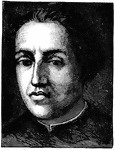
Christopher Columbus
Christopher Columbus (between August 25 and October 31, 1451 – May 20, 1506) was a Genoese navigator,…

American Gizzard Shad
The American Gizzard Shad (Dorosoma cepedianum) is a fish in the Clupeidae family of herrings.
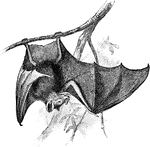
Leaf-Nosed Bat
"Glossophaga nigra. GLOSSOPHAGA. A genus of South American phyllostomine bats. These bats are provided…

American Goldfinch
The American Goldfinch (Carduelis tristis) is a North American bird in the Fringillidae family of finches.

Goldfish
"Goldfish (Carassius auratus). A fish of the carp family Cyprinidae, Cyprinus or Carassius auratus,…

Robin
"Robin: Upper parts slate-color, with a shade of olive. Head black, the eyelids and a spot before the…

Bird Skulls
"Fig. 114. -Skulls of Turdidae and Sylvicolidae, nat. size; after Shufeldt. A, Oroscoptes montanus;…

Wood Thrush
"Wood Thrush. Upper parts, including the surface of the closed wings, tawny-brown, purest and deepest…
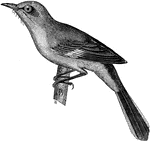
Mockingbird
"Mocking-Birds. Bill much shorter than head, scarcely curved as a whole, but with gently-curved commissure,…

Catbird
"Cat-Bird. Slate-gray, paler and more grayish-plumbeous below; crown of head, tail, bill, and feet black.…
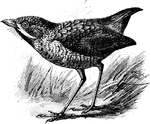
Antpitta
"Grallaria rex. GRALLARIA. A genus of formicarian passerine birds, a leading group of South American…

Vesper Sparrow
The Vesper Sparrow (Pooecetes gramineus) is a bird in the Emberizidae family of American sparrows. It…
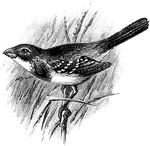
Morelet's Grassquit
"Morelet's Grassquit (Spermophila moreleti); adult male. GRASSQUIT. A kind of grassfinch; an American…

Red-Eyed Vireo
The Red-Eyed Vireo or Greenlet (Vireo olivaceus) is a small American songbird in the Vireonidae family…
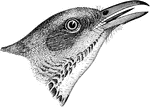
Brown Thrasher
"Upper parts uniform rust-red, with a bronzy lustre. Concealed portions of quills fuscous. Greater the…

Bow-Billed Thrasher
"Above, grayish-brown, nearly uniform; wing- coverts and quills with slight whitish edging, the edge…

Oilbird
The Oilbird or Guacharo (Steatornis caripensis) is a bird in the Steatornithidae family, related to…
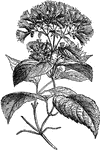
Guaco Branch
"Flowering branch of Guaco (Mikania guaco). GUACO. The Mikania Guaco, a climbing composite of tropical…

Arizona Thrasher
"Bill shorter than head, comparatively stout at base, very acute at tip, the culmen quite convex, the…
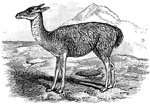
Guanaco
The Guanaco (Lama guanicoe) is a mammal in the Camelidae family of even-toed ungulates. It is a South…
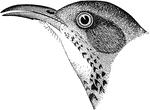
St. Lucas Thrasher
"Upper parts uniform ashy-brown; wings and tail similar, but rather purer and darker brown, the former…

California Thrasher
"No spots anywhere; wings and tail without decided barring or tipping. Bill as long as the head or longer,…

Crissal Thrasher
"Brownish-ash, with a faith olive shade, the wings and tail purer and darker fuscous, without white…

American Dipper
"Adult, in summer: Slaty-plumbeous, paler below, inclining on the head to sooty-brown. Quills and tail-feathers…
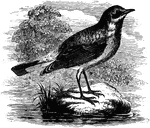
Wheatear
Wheatear male has a bluish-gray back, black patch on ear, a white rump and sides of tail, and black…
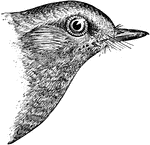
Eastern Blue-Bird
"in full plumage: Rich azure-blue, the ends of the wing-quills blackish; throat, breast, and sides of…
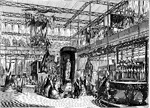
United States Department in the Crystal Palace
This view of the United States Department at the Great Exhibition of 1851 depicts people viewing exhibits…

Console Mirror and Table
This console table and mirror was designed in London, England. The frame is carved in American pine…
Fisher Boy Sculpture
This fisher boy sculpture depicts a boy going fishing, holding his net. It was sculpted by Hiram Powers…

Flag of American Samoa, 2009
Color flag of American Samoa. Blue, with a white triangle edged in red that is based on the fly side…

Flag of American Samoa, 2009
Black and white outline flag of American Samoa. Blue, with a white triangle edged in red that is based…

Flag of France, 2009
Color flag of France. Three equal vertical bands of blue (hoist side), white, and red; known as the…

Flag of France, 2009
Black and white outline flag of France. Three equal vertical bands of blue (hoist side), white, and…